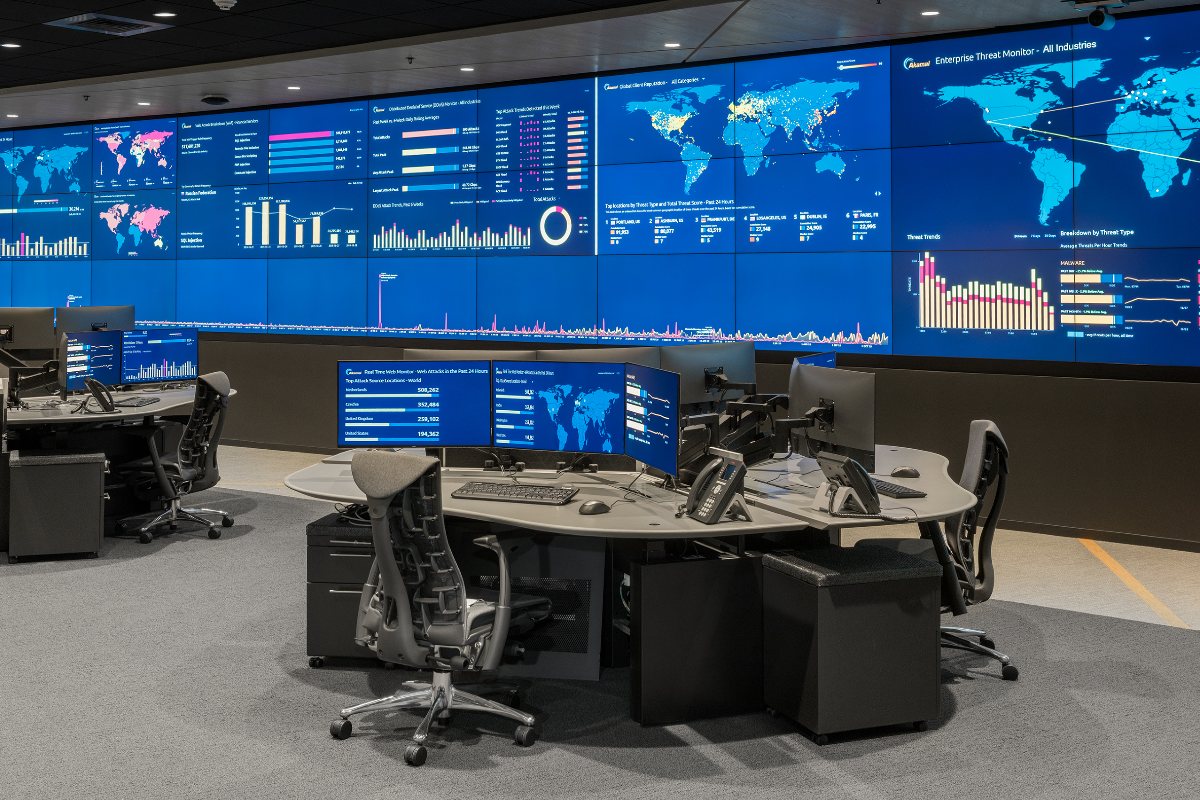When it comes to dealing with the unexpected, there is no hard and fast formula for business resilience. The important response comes in three parts: the initial reaction, adaptation, and learning to thrive with a “new normal.”
The biggest test of business resilience has been the COVID-19 pandemic and ensuing shutdowns. How successful businesses reacted, adapted, and optimized in the wake of the pandemic can serve as a roadmap for practicing resilience, and mission critical operations centers can help.
Initial response:
When COVID-19 swept the world, organizations had to make abrupt, swift decisions. From changes in travel policies to allowing remote work, recommendations changed hour by hour. Any previous playbooks proved insufficient — the situation developed too quickly.
So far 2020 has given organizations the unique challenge of navigating the management of their employees’ health and safety while also making tough decisions to ensure the survival of the company. While the situation isn’t over yet, there are already lessons we can learn about how resilient companies react.
A successful organization that can withstand the unexpected needs the ability to make quick, informed decisions. Access to real-time information and the ability to quickly put it into action is critical — especially when the information changes rapidly as it did at the start of the COVID-19 pandemic. Resilient organizations looked to government recommendations and the actions of their industry peers to figure out how to react in the immediate aftermath. Access to as much timely information as possible was critical for making decisions.
Mission critical spaces such as emergency operations centers, security command centers, and others use large video walls to display real-time information, allowing them to make critical decisions as quickly as possible. This is a practice that can prove beneficial in a number of industry applications and was critical to organizations at the beginning of the pandemic.
Adaptation:
After the initial response, a resilient organization needs to adapt — and quickly. The goal of any business is not just to survive, but also to thrive.
Following the outbreak of COVID-19, businesses had to navigate some of their most difficult decisions yet. On top of that, navigating the crisis also included figuring out what navigating the crisis meant from a reputation and communication angle. Organizations had to adapt their messaging and communication.
Successful adaptation involves a deeper approach. Once the initial reaction period passes, organizations can analyze what went right and what didn’t, as well as how best to change. In addition, an organization needs to implement cross-functional teams for adaptation. Crisis management cannot only rest with one team; to best adapt, the entire organization must be involved. A task force with a stakeholder from every department (such as marketing, human resources, legal, security, operations, etc) helps ensure that each facet of the organization adapts optimally.
Learning to thrive:
The COVID-19 pandemic has forced a number of changes on many industries, and it’s not looking to slow down anytime soon. At this point, resilient organizations have created a new way of operating that will benefit them for months — even years — to come. There are a few events that rock the world and change business forever: some examples include September 11, or the 2008 financial crisis. The current pandemic is certainly one of those events.
COVID-19 has fast–forwarded some of the expected changes to the working world, such as the increased role of automation and remote work. To be successfully resilient, organizations must embrace these changes and adjust accordingly.
Embracing the future with Constant
There are many lessons we can take from the past several months. An important one is that the future of work will be dynamic. Simply put, organizations of all types will need to be able to respond faster. Decision making will need to be streamlined, and some facets even automated.
The biggest lesson is that access to real-time information is pivotal in successfully weathering unexpected storms. Managing real-time data is best handled in an operations center environment, where multiple teams can collaborate and data is displayed on a large scale video wall. Video wall systems with multiple sources allow data to be tracked as the situation unfolds and shared with all necessary stakeholders.
Constant Technologies has decades of experience implementing these critical, 24/7 spaces. We are experts in crafting video wall systems to best suit the needs of your operators. In addition, we create ergonomic console furniture built to last through round-the-clock use. As your mission critical partners, we guide you through every step of the process from initial design through installation.
Let’s build a more resilient future together. For more information, contact us today.
About Constant:
Constant Technologies, Inc. provides AV integration for 24/7 video walls and custom operation center furniture. With 30+ years of experience, we can work with sensitive environments in the public and private sectors. Constant designs and installs projects of all scopes and sizes around the world. We also offer long-term service and support. We create solutions with the highest levels of security, aesthetics and functionality in mind.

